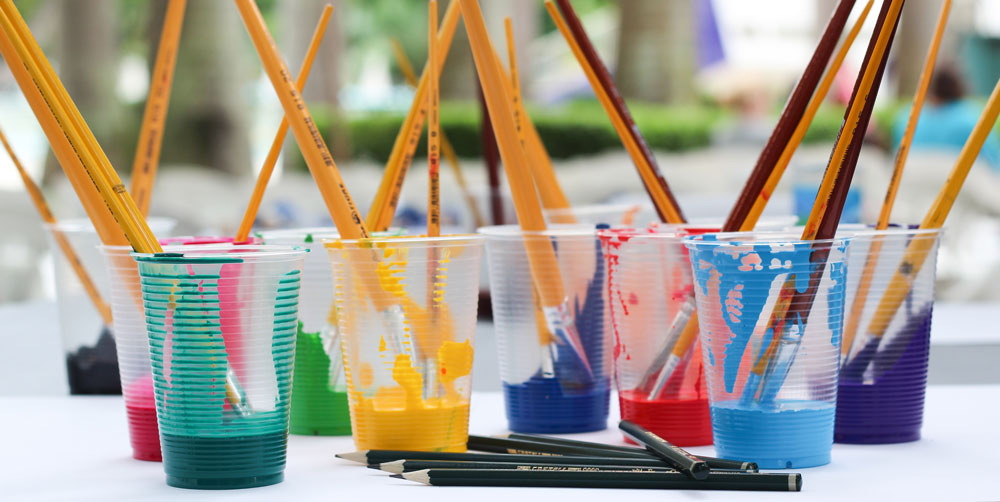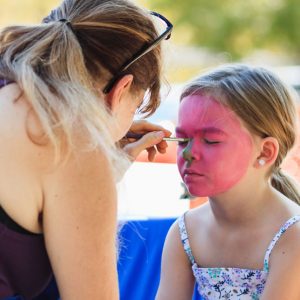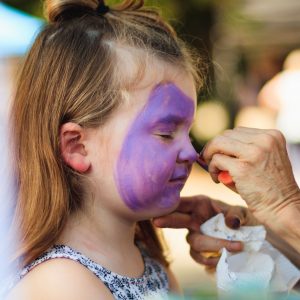
Over the recent years, the art of face painting has shifted from being just a fun, informal activity for kids’ parties and events into a highly formalized art style with specialized paints, techniques, brushes, and other relevant pieces of equipment. Both amateur and professional face painters understand the importance of hygiene, mainly when handling many kids in one day.
While some artists don’t mind the messy look and using the same sponge on several kids, others like to stay clean and adhere to all the set standards. Hygiene in face painting begins with a clean and neat space. All brushes and other tools used in the painting process should be sanitized regularly and one sponge used per child (when necessary). Besides, the artists should wash their hands and sanitize them before handling the next child. Here is why hygiene is essential during face painting in a children event.
Health concerns
Cleanliness of the materials used in the face painting process should not be ignored. These materials include brushes that are used repeatedly from kid to kid. Besides, the safety of the paint used should be verified. The paint should be allergy-free and properly used in terms of application to different kids. This is because dirty painting tools and other malpractices might result in an allergic reaction or even direct injuries associated with contact with unsafe sponges and brushes.
These are some of the common risks associated with face painting, but some artists often ignore them. That means you must be on the alert for such issues if you want the children to have great entertainment and a memorable event. It’s also of utmost importance that your preferred face painter undergoes relevant training.
Often, these professionals are parents and volunteers who organize children festivals and other similar events. Unless someone is trained in handling kids’ faces properly, mistakes are bound to happen, and some of them may change your child’s life negatively. For instance, think about an amateur face painter using a substandard paintbrush who accidentally injures a child’s eye during the painting process.
Cross-contamination
Note that kids’ events attract children from different places. Unless the face painter is careful and upholds higher standards of hygiene and work ethics, cross-contamination is possible. Think of an artist who uses one sponge for about ten kids and doesn’t clean the brushes before serving the next kid. Then think about all the childhood diseases such as cold sores, chicken pox, colds, and more.
A professional face painter should use a new sponge for each child and sterilize every painting tool they use before handling the next client. It’s also advisable to check each child before painting their face. If, for instance, a child has eczema, it’s safe to paint a unique design on his or her hand to avoid irritation to the skin and annoying the child.
Gentle baby wipes to clean off chocolate and ice cream are good before painting. The artwork will be clean and probably last till the end of the event.





